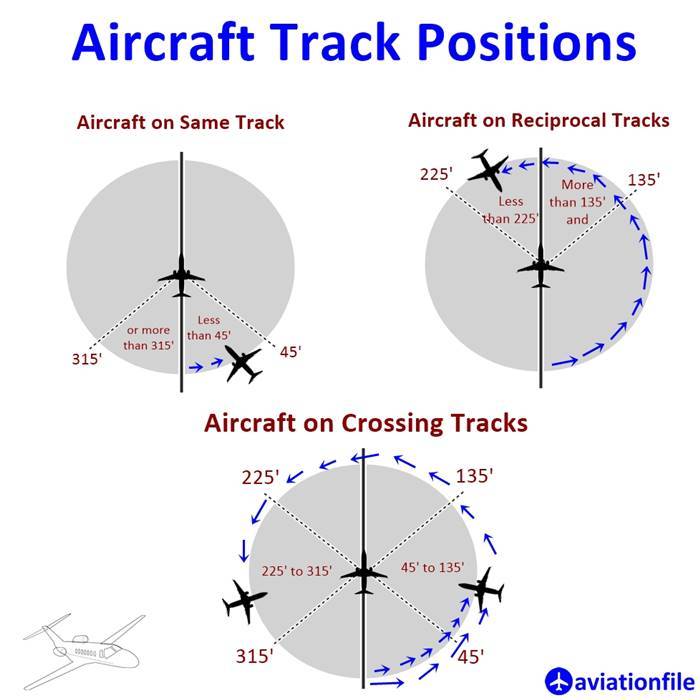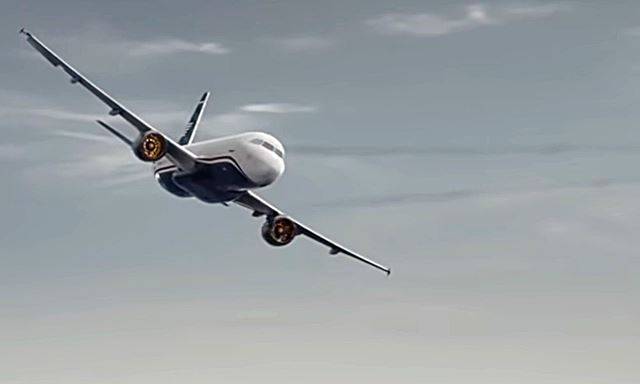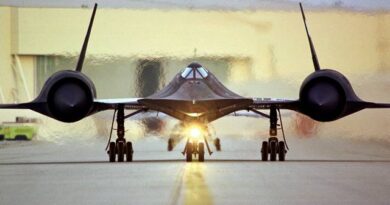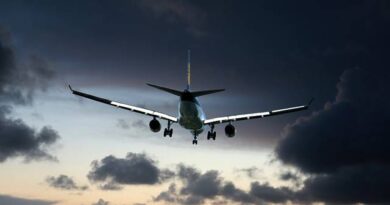Same – Reciprocal – Crossing Tracks
Hello, airplanes usually fly safely in the air without conflicting with each other. The fact that the planes fly with each other according to certain separation criteria allows us, the passengers, to go from one place to another safely and quickly. There are many underlying rules and definitions when applying these separation criteria. In this article, we will examine some terms used to describe the positions and tracks of planes relative to each other in the horizontal plane. Let’s look at the concepts of Same, reciprocal, and crossing tracks together.
Same track: Same direction or crossing tracks (or a portion thereof) with an angle of less than 45 degrees on each side of the track. In other words less than 45 degrees or more than 315 degrees.
Reciprocal track: Tracks in the opposite direction or crossing tracks (or a portion thereof) exceeding 135 degrees on either side of the track. In other words more than 135 degrees and less than 225 degrees.
Crossing track: Tracks crossing each other with an angle exceeding 45 degrees on either side of the track and less than 135 degrees on either side of the track. In summary, any situation other than ‘same track’ and ‘reciprocal track’.

References: Related ICAO, FAA docs
click for more aviation related articles.



